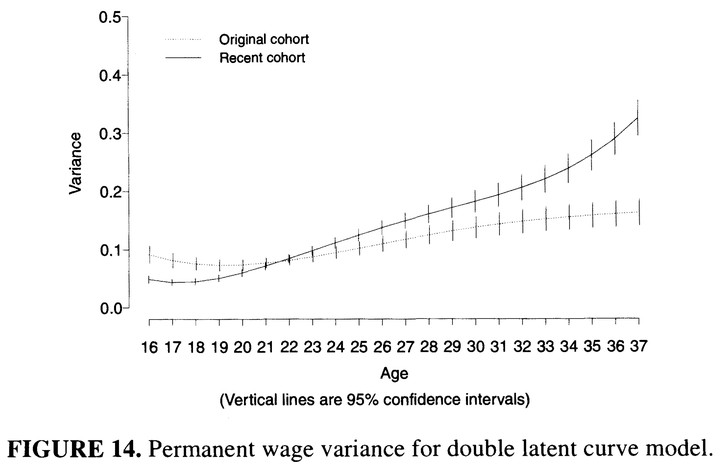
Abstract
We present several approaches to modeling latent structure in longitudinal studies when the covariance itself is the primary focus of the analysis. This is a departure from much of the work on longitudinal data analysis, in which attention is focused solely on the cross-sectional mean and the influence of covariates on the mean. Such analyses are particularly important in policy-related studies, in which the heterogeneity of the population is of interest. We describe several traditional approaches to this modeling and introduce a flexible, parsimonious class of covariance models appropriate to such analyses. This class, while rooted in the tradition of mixed effects and random coefficient models, merges several disparate modeling philosophies into what we view as a hybrid approach to longitudinal data modeling. We discuss the implications of this approach and its alternatives especially on model interpretation. We compare several implementations of this class to more commonly employed mixed effects models to describe the strengths and limitations of each. These alternatives are compared in an application to long-term trends in wage inequality for young workers. The findings provide additional guidance for the model formulation process in both statistical and substantive senses.